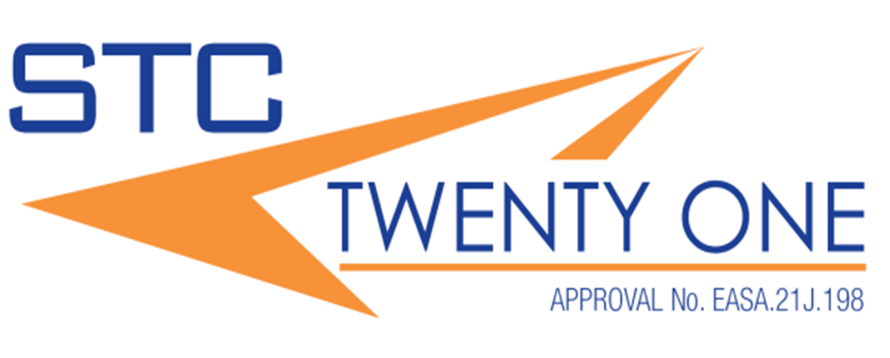

Introduction of Honeywell GNSSU Receiver
Overview
Introduction
Installation of Honeywell GNSSU (Global Navigation Satellite System) receiver
providing autonomous geo-spatial positioning with global coverage. Satellite systems don't often fail however, if one fails, GNSS receivers can pick up signals from other systems. Also, if line of sight is obstructed, having access to multiple satellites is also a benefit. Common GNSS Systems are GPS, GLONASS, Galileo, Beidou and other regional systems.
Your needs
As a part of the ADS-B Out requirement, Honeywell’s GPS and GNSSU units provide highly accurate global positioning satellite navigation information (for the full range of flight to meet the C-145b / -146b requirement). The upgraded GPS unit will retain Departure, Climb, En-route, Descent navigation and add the SBAS correction for required ADSB three-meter accuracy and the GPS-based LPV approach.
Your benefits
- Being global in scope, GNSS is fundamentally different from traditional navigational aids (NAVAIDs). It has the potential to support all phases of flight by providing seamless global navigation guidance. This could eliminate the need for a variety of ground and airborne systems that were designed to meet specific requirements for certain phases of flight.
- Guidance in remote and oceanic areas where it is impractical or too costly or impossible to provide reliable and accurate traditional NAVAID guidance.
- In suitably equipped aircraft, the availability of accurate GNSS position, velocity and time may be used additionally to support such functions as automatic dependent surveillance (ADS) and controller-pilot data link communications (CPDLC).
Product Description
Please contact modification supplier for further details.
STC Status: Revision Level: n/a
STC Date: 22-9-2005
Responsible Office:
BOEING 757-200
Your benefits
- Being global in scope, GNSS is fundamentally different from traditional navigational aids (NAVAIDs). It has the potential to support all phases of flight by providing seamless global navigation guidance. This could eliminate the need for a variety of ground and airborne systems that were designed to meet specific requirements for certain phases of flight.
- Guidance in remote and oceanic areas where it is impractical or too costly or impossible to provide reliable and accurate traditional NAVAID guidance.
- In suitably equipped aircraft, the availability of accurate GNSS position, velocity and time may be used additionally to support such functions as automatic dependent surveillance (ADS) and controller-pilot data link communications (CPDLC).



